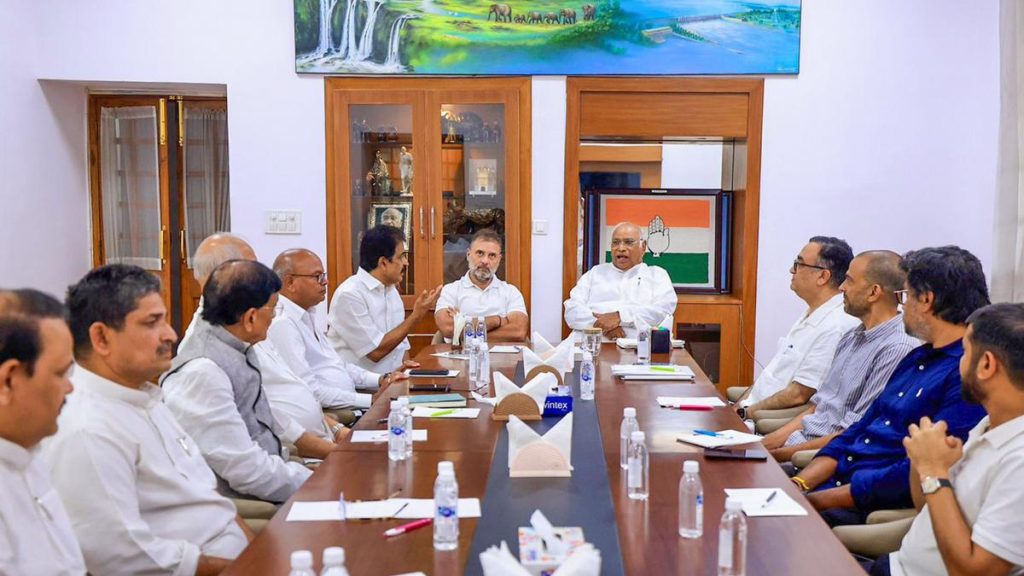Now Reading: Google Upgrades AI Video Creator: A Guide to Using It
-
01
Google Upgrades AI Video Creator: A Guide to Using It
Google Upgrades AI Video Creator: A Guide to Using It

Swift Summary
- Google has launched Veo 3, an advanced AI video creator that includes synced audio for dialog and natural sound effects.
- Videos generated by Veo 3 can be up to 8 seconds long with a resolution capped at 720p due to high computational and environmental demands.
- The tool promises better understanding of real-world physics and improved video creation from text prompts.
- Notable collaborations with filmmakers (Dave Clark, Henry Daubrez, Junie Lau) are highlighted for promotional efforts.
- Alongside Veo 3, Google introduced an online video editor called Flow for structured AI-assisted filmmaking. Flow TV showcases content created using these tools.
- Examples include animated woods scenes, humorous Stormtrooper vlogs on Instagram, and realistic vox pop-style videos-though inconsistencies in physics remain noticeable.
- Access is subscription-based: $250/month for the Ultra plan or $20/month Pro plan with reduced features.Casual users experience restrictions like limited credits per day.
Indian Opinion Analysis
Google’s Veo 3 is a notable step in AI-generated media technology and could pave the way for profound changes in content creation worldwide. For India-a country rife with creative industries like Bollywood and growing digital media entrepreneurship-tools like Veo could lower production costs while enabling artists to experiment without large budgets.
However, the potential rise in indistinguishable deepfake videos poses ethical risks that could influence areas such as journalism credibility or societal trust around visual evidence. India’s ongoing digital literacy programs may need to integrate awareness around recognizing AI-driven content.
On another note, accessibility remains a barrier at present due to steep pricing models ($250/month). This limits adoption primarily to well-funded studios or enterprises rather than individual creators looking to innovate on constrained budgets-a segment abundant in India.
Veo’s promise of customizability from text prompts opens exciting possibilities but shows constraints like generic outputs when lacking sufficient data training-for broader Indian applications where diversity matters greatly (e.g., rural narratives). These areas might require specific development tailored toward local use cases over time.
the environmental demands associated with generating high-quality content highlight sustainability challenges India must consider as adoption of generative tech grows alongside investments advancing its Green Economy discourse further into practice.


























